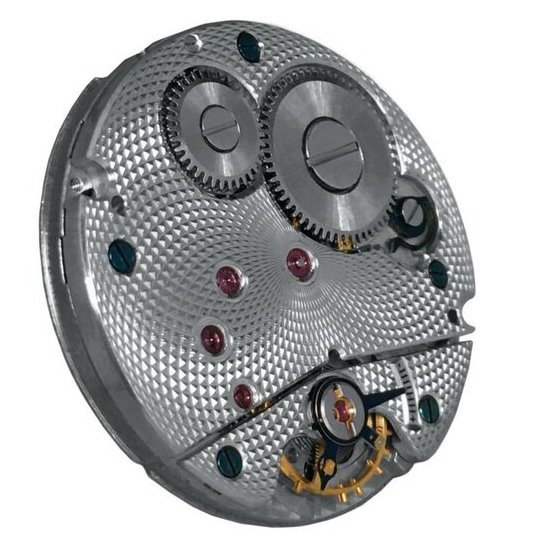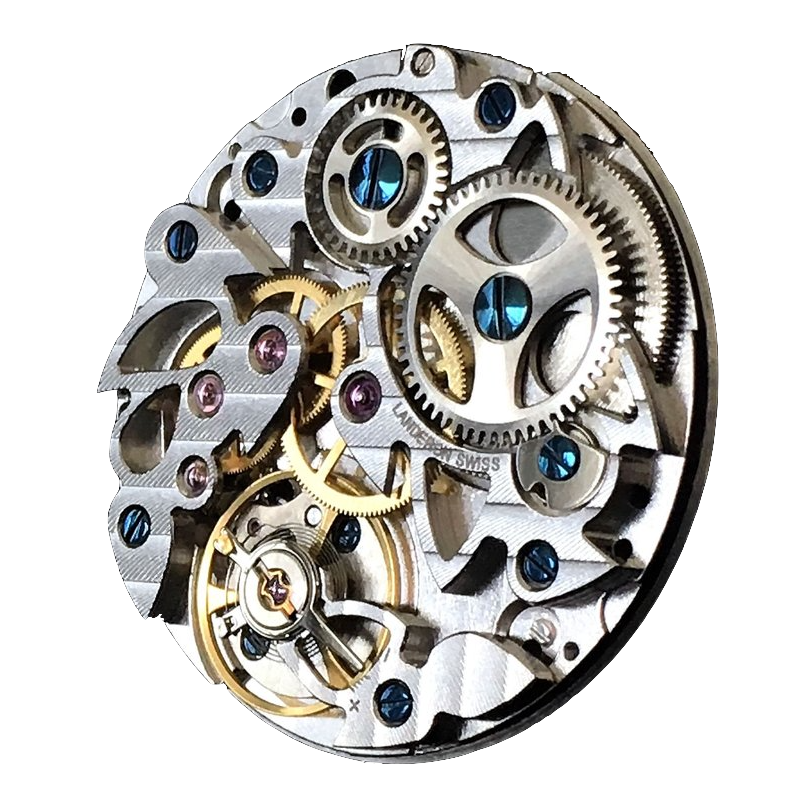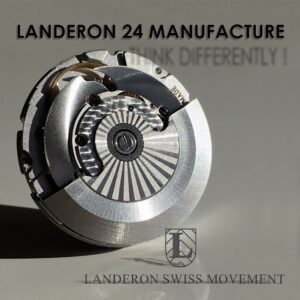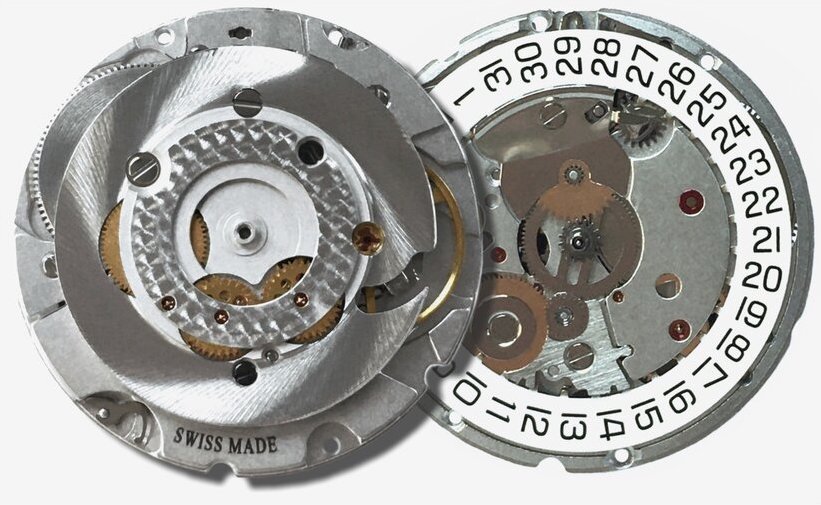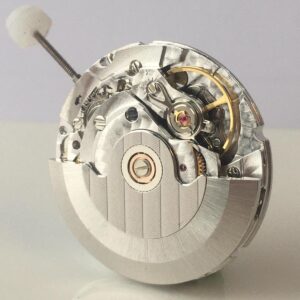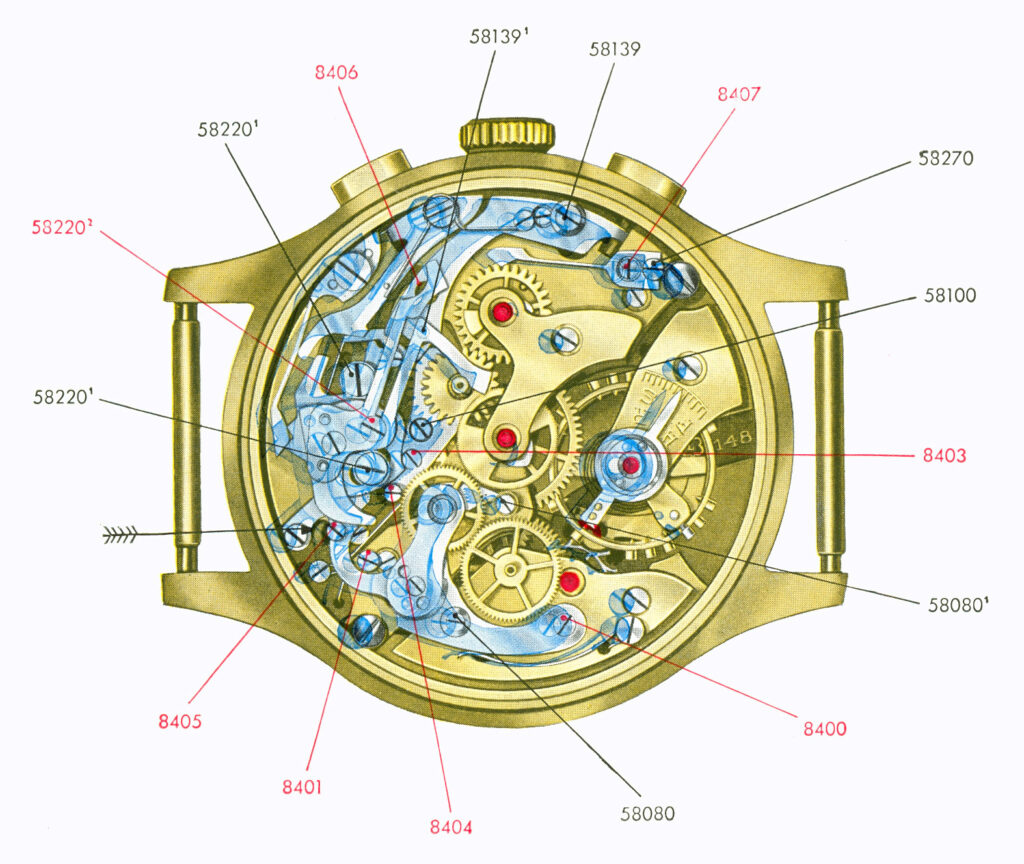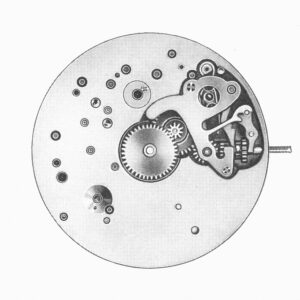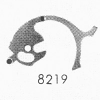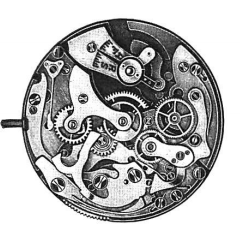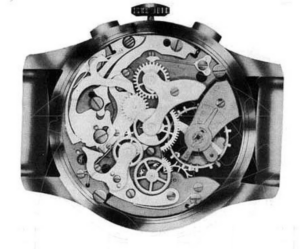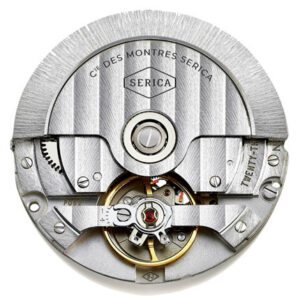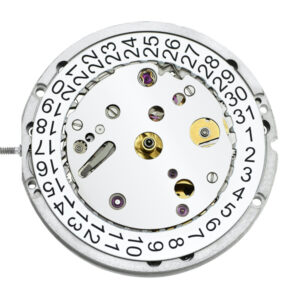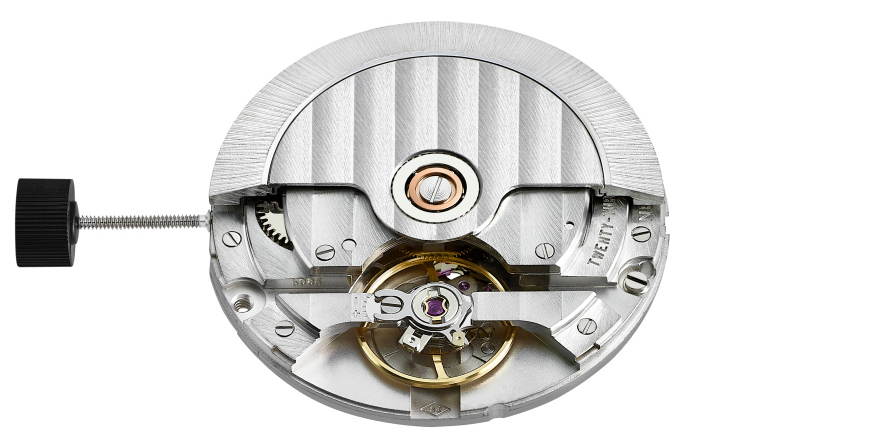
Cal. L98 (and the similar L97) is a large hand-winding movement produced by Landeron Swiss Movements, a modern company unrelated to the historic Landeron company. It appears to be based on the classic ETA/Unitas 6498-2 design and is available in a variety of finishings. The similar Cal. L97 is similar to the ETA 6497-2.
There is some confusion about this movement due to the images on the company’s website as of 2022. They appear to be flipped horizontally, with a counter-clockwise balance cock that is not seen on any similar movement. Additionally, Landeron Swiss Movements has consistently labeled the image resembling the ETA 6497-2 clone as “L98” and the image resembling the ETA 6498-2 as “L97”. It is likely that this is a mistake, given the naming of these movements. We have matched the images and description to the ETA nomenclature, on the assumption that Landeron did not re-design the movements entirely.
Landeron Swiss Movements also produces a decorated and partially skeletonized (“Fleur”) and 3/4 plate version with bridge.
